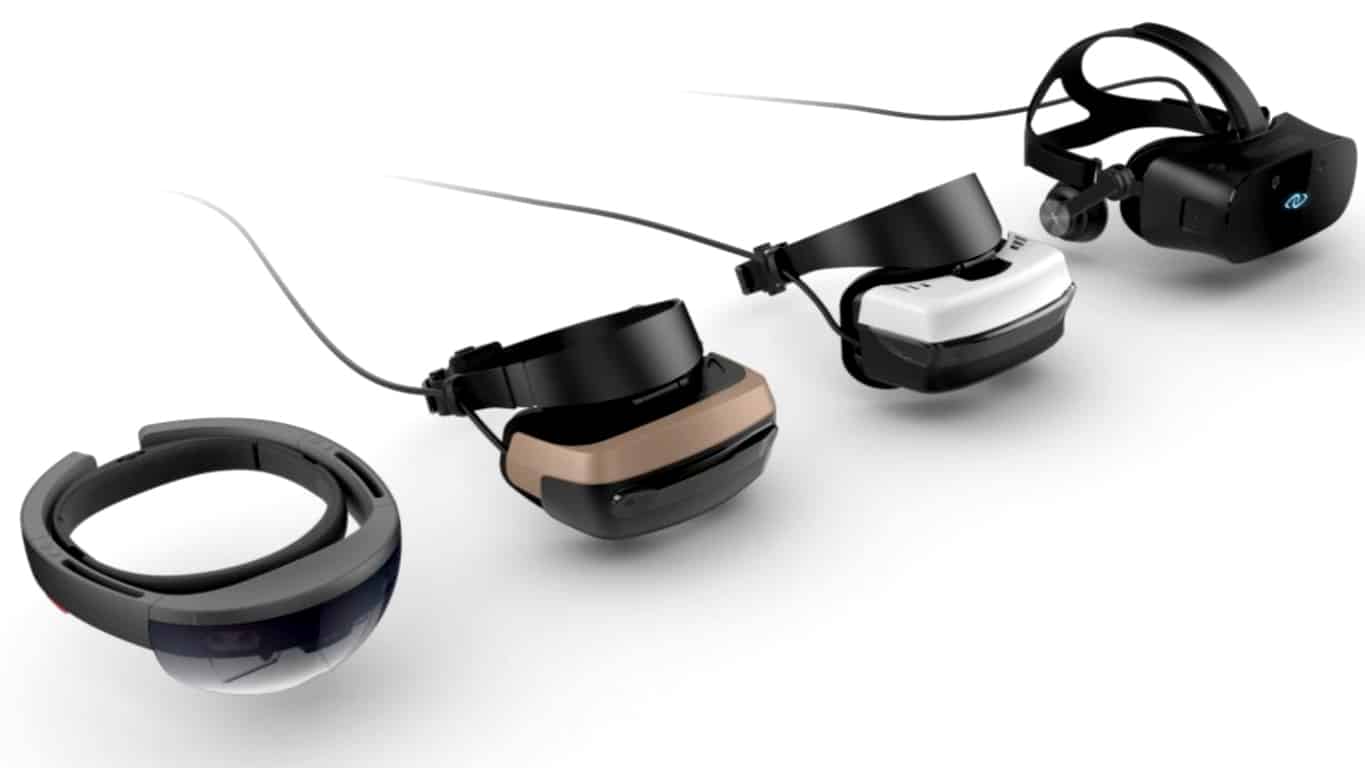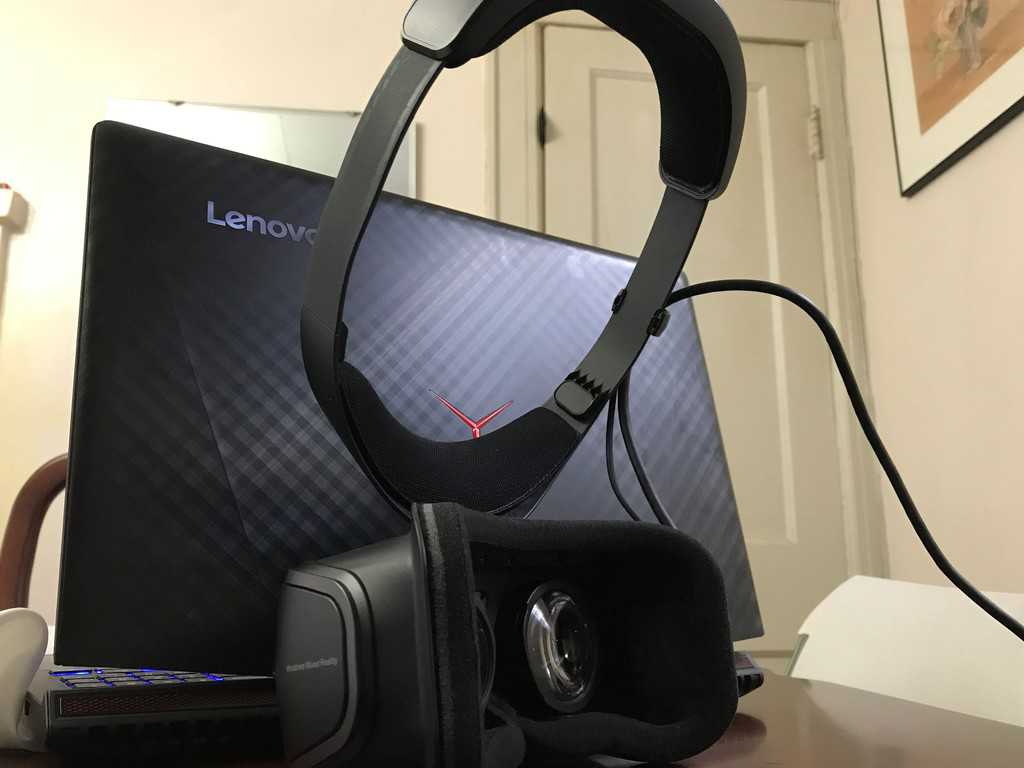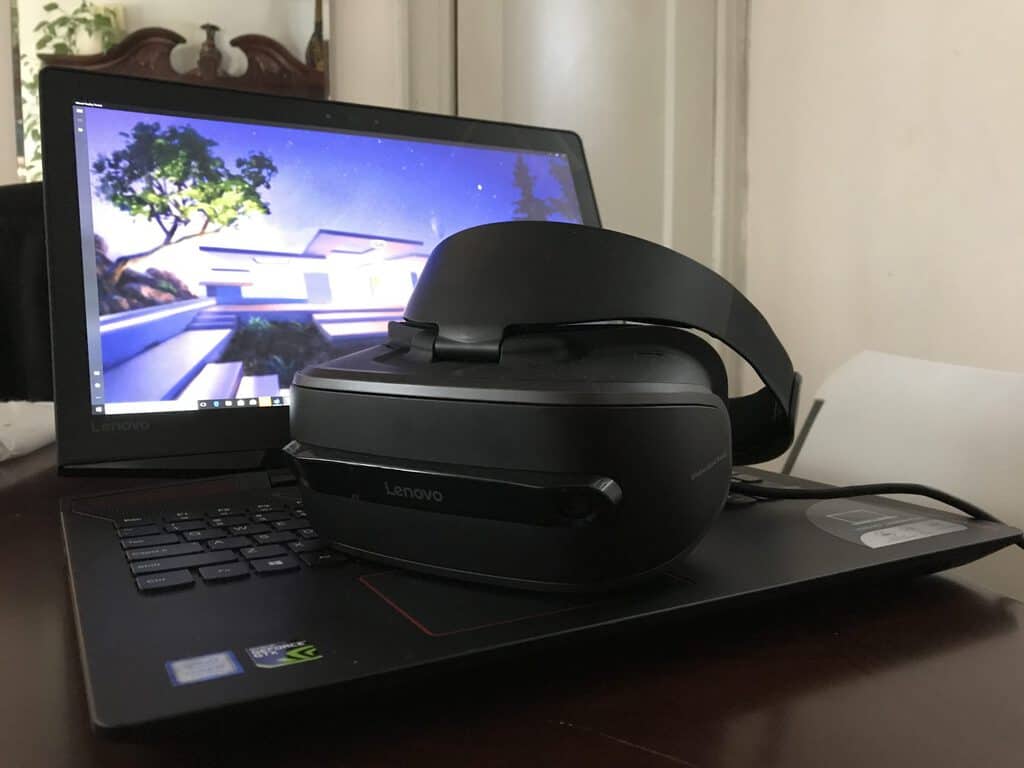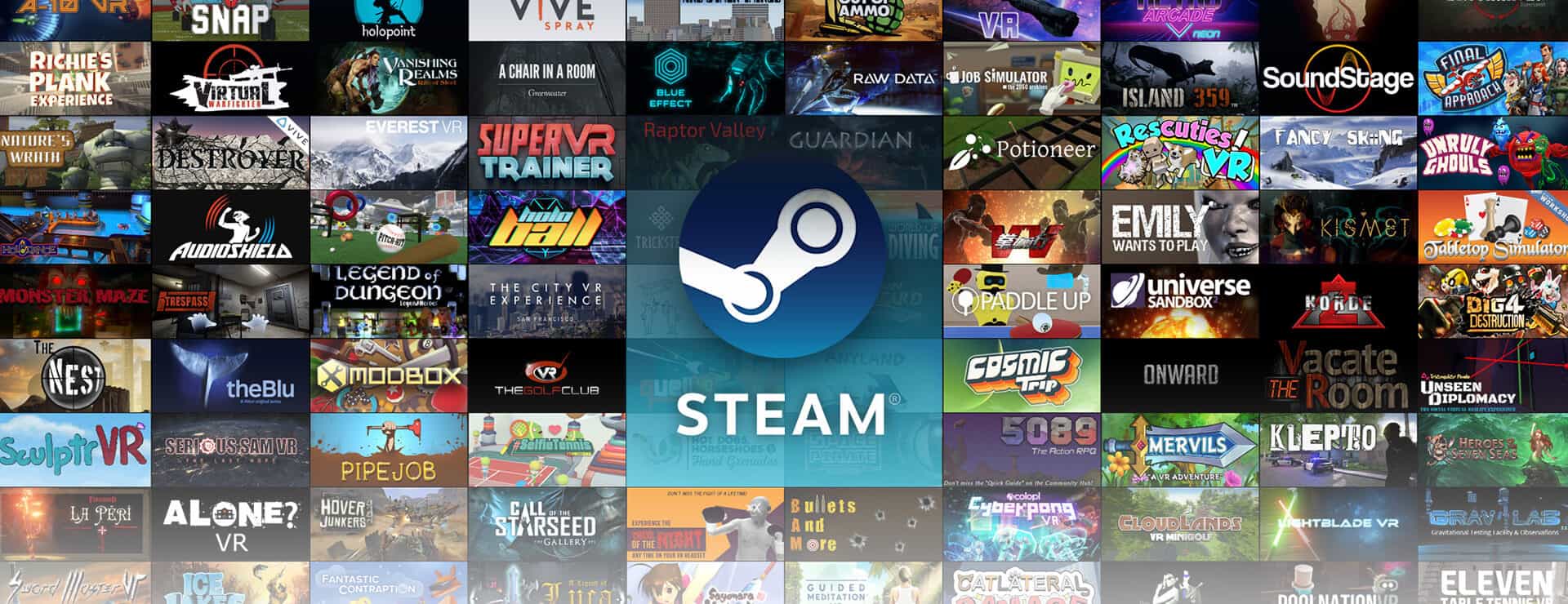Some closing thoughts on Windows Mixed Reality and the Lenovo Explorer
5 min. read
Published on
Read our disclosure page to find out how can you help Windows Report sustain the editorial team Read more

Last month, I had a chance to spend some time with the Lenovo Explorer Windows Mixed Reality headset. The headset was pretty solid, and I found it as a viable and comfortable option for those looking to enter the world of Windows Mixed Reality. Though I mentioned many aspects of the experience in my full review, I’m now following up with some more editorial-like closing thoughts on the direction of Windows Mixed Reality.
A wide range of comfortable hardware:
My favorite part of Windows Mixed Reality is the solid hardware. Along with the Lenovo Explorer, there are many other headsets from HP, ASUS, and Dell, just like there are many options when buying a new Windows 10 PC. Although the design of the headsets is standard, there are some subtle differences between them, such as color, shape and added features like the AMOLED display on the Samsung HMD Odyssey headset. This is really great, creating many purchase options for consumers, especially because the design on other VR headsets like the Oculus Rift and HTC Vive are rather proprietary, boring and uncomfortable looking.

Anyway, Windows Mixed Reality Headsets are also very comfortable. Unlike other VR headsets, you’re not strapping the headset to your head with actual straps. All Windows Mixed Reality headsets use a padded hinge-like mechanism to attach to your head on the front, and an adjustable clamp to connect at the back. This means you have nothing pushing down or putting pressure on your head while you’re wearing the headset. You can wear the headset for a long time without it hurting, and after a while, it feels like it is just there. Plus, when you’re ready to leave the virtual world, all you need to do is push the headset up, and the hinge mechanism allows you to get back into the real world without physically taking the headset off.
Finally, there is the added plus of the headsets connecting to a PC via HDMI and USB 3.0 and using motion-sensing cameras, P-sensor, Gyroscope, Accelerometer, Magnetometer for inside-out tracking. This all makes the setup process very simple (as I highlighted) and the cables are long, tuck to the side, and never get in the way while the headset is in use. I walked around up to the full 12-feet without any issue, and the computer never once lost track of the headset.

It just works with… almost… everything:
Another solid part of Windows Mixed Reality is the that it works with most newer modern Windows 10 PCs with the Windows 10 Fall Creators Update installed. Simply plug in the cable, and enjoy the action. While this sounds great on paper, the key point here, though, is most.
Lenovo provided me with a laptop so I could review the Explorer, but there is, in fact, an issue. Your PC needs to meet certain requirements to be compatible with Windows Mixed Reality. My Surface Pro 4 could not handle the headset, and neither could three of the other Windows 10 PCs I own. I did manage to get it working on a newer Lenovo laptop that I own, but it was not as a good of an experience when compared to the Legion Y720 I mentioned in my review.
Anyway, using Windows Mixed Reality headsets with fancy laptops will definitely make for a better experience. There’s actually two levels of Windows Mixed Reality— Ultra and Standard. Windows Mixed Reality (Standard) is for PCs with integrated graphics, and Windows Mixed Reality Ultra is for those higher end PCs with dedicated graphics cards. I used Standard with my older Lenovo laptop without a dedicated graphics card and things were a bit laggy with occasional frame rate drops. But when I used the Legion Y720, things were solid and I never had issues.
Simply put, if you’re looking for a Windows Mixed Reality headset, consider getting a new PC to go with it as a bundle. Not only will you be getting a future proof PC, but you’ll be getting something which will work flawlessy for Windows Mixed Reality.

Some room for software improvement:
I pointed to the solid Windows Mixed Reality experience in my previous post, but there’s still room for improvement. Opening up 2D apps in Windows Mixed Reality or customizing the virtual home is fun and all, but there is currently not a lot of games or apps available for Windows Mixed Reality. I really would like to see more developers come on board and create content for the platform, but given that these headsets only launched in October, there is still lots of time left.
I also hope Microsoft can speed up the development process of Steam VR for Windows Mixed Reality. It’s currently available in early preview, but when I tried testing it out on the Legion Y720 games would not launch and the headset frequently froze up. Getting Steam VR titles to work perfectly Windows Mixed Reality would be a huge boost, helping bring much bigger AAA titles to the experience.

At the end of the day, Windows Mixed Reality is still a good experience. While still in it’s early stages, there is plenty of room for improvement. Windows Mixed Reality headsets are comfortable, there are a wide choice of headsets to choose from, and you even can use it with most modern PCs if the specs are up for it.








